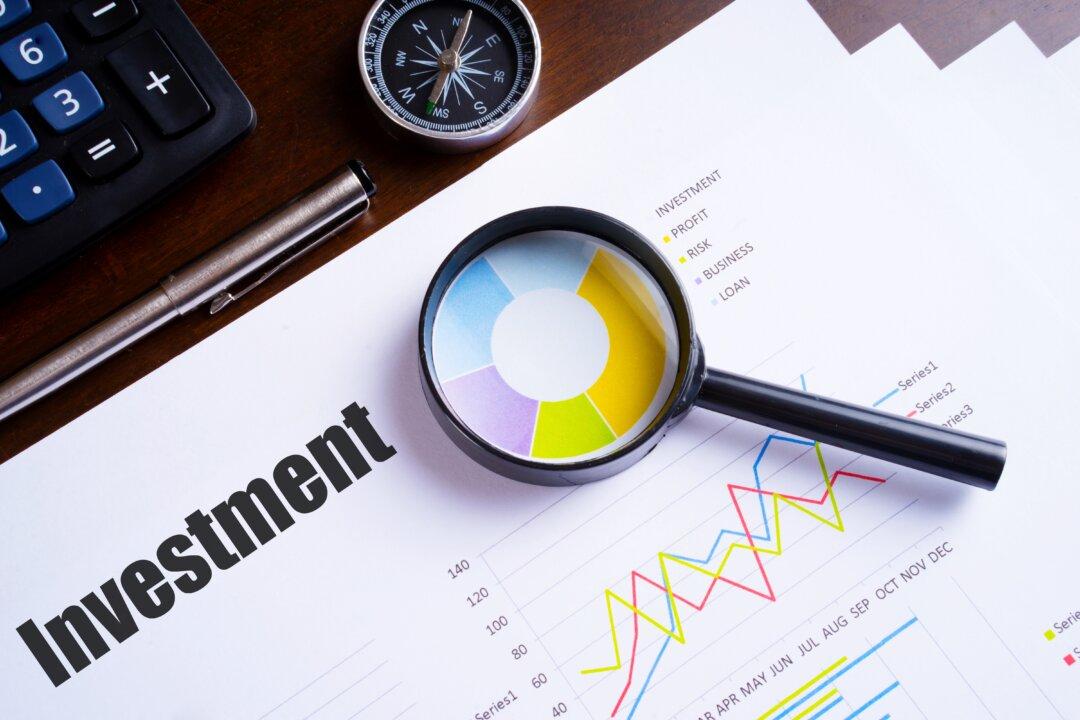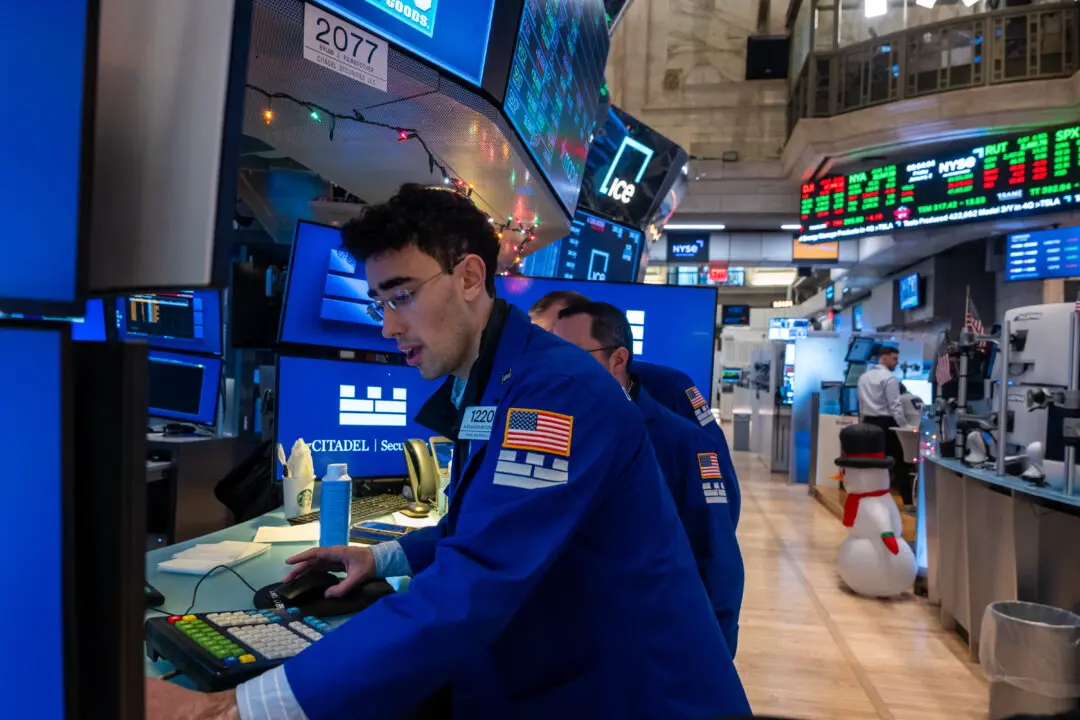As we approach the end of October, the S&P 500 Index, a reasonable barometer of the broader equity markets, is up nearly 7 percent since the end of September. The normally more staid Dow Jones Industrial Average is up 11.5 percent over the same period. While both are still down, 16 percent and 10 percent, respectively, since the beginning of the year, this is a remarkable turn of fortunes in just a few days. With cryptocurrencies such as Bitcoin trading in a narrow range and largely flat since June, we’ve entered a strange new world—one in which crypto is boring and less volatile than equity markets, which now resemble a casino.
Should this rebound be trusted as an indication that we’ve seen the bottom of the bear market, and that we’re now on the path to a true recovery?






